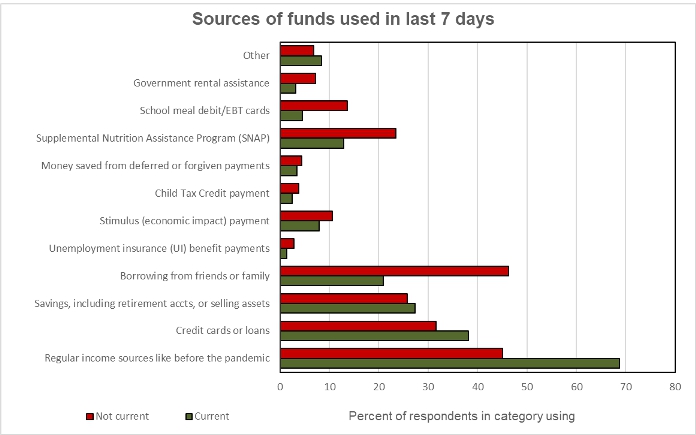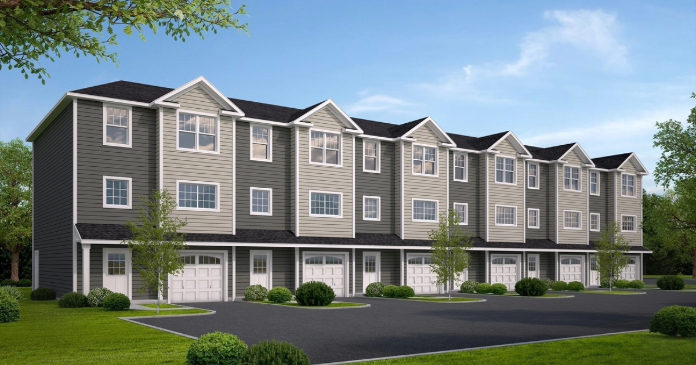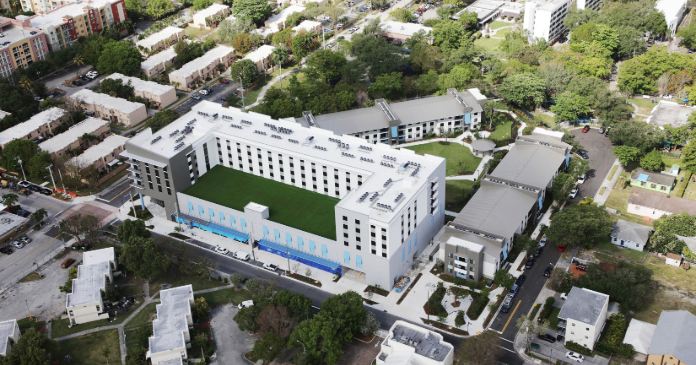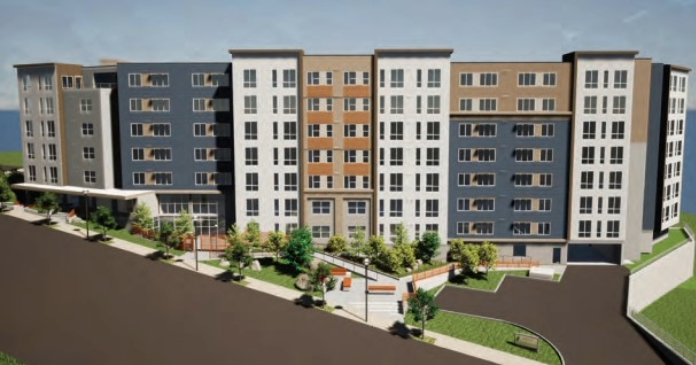The “Week 47” edition of the Census Bureau’s Pulse Survey shows that about one in seven renters are behind on their rent payments. This is roughly the same portion who were behind when we last reported on this survey. The survey results also show only slow progress on distributing rental assistance.
What is the Pulse Survey?
The Pulse Survey is an experimental program that the Census Bureau started shortly after economic shutdowns were imposed in response to COVID-19. It was designed to assess how the population of the country was faring under the economic stress caused by the reaction to the pandemic. The current survey, designated Week 47, posed questions which are part of what Census calls Phase 3.5 of the Pulse Survey.
The Week 47 survey collected data from June 29 to July 11, 2022. This is 4 weeks after the period in which the “Week 46” survey data was collected. The renter portion of the survey covers renters of both multifamily and of single-family properties.
Seeking help
A new question introduced in the “Week 40” survey asked whether the respondent had sought government rental assistance and the status of that request. The first chart shows the assistance status of those who were behind on their rent and of those who were current on their rent in the “Week 47” survey.
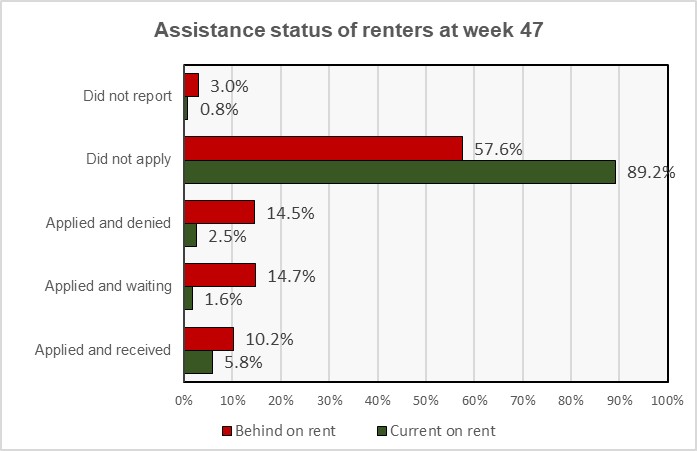
The chart shows that only 10.8 percent of renters who are current on their rent applied for rental assistance. This is not surprising. However, it is surprising that nearly 60 percent of people who are behind on their rent did not apply for rental assistance. It is also surprising that 10.2 percent of renters who are behind on their rent received rental assistance but are still behind.
The next chart shows the history of how those who are behind on their rent said that their requests for rental assistance were resolved. As one might expect, over time the portions of those saying that they were either given or denied assistance would rise while the portion of those who are waiting for assistance would decline. However, the portion of renters waiting to hear whether their assistance request would be honored only fell from around 20 percent in the “Week 40” to 15 percent in the “Week 47” survey. The “Week 40” survey was conducted in early December 2021, while the “Week 47” survey was conducted in early July 2022. More progress might have been expected over a 7 month time span.
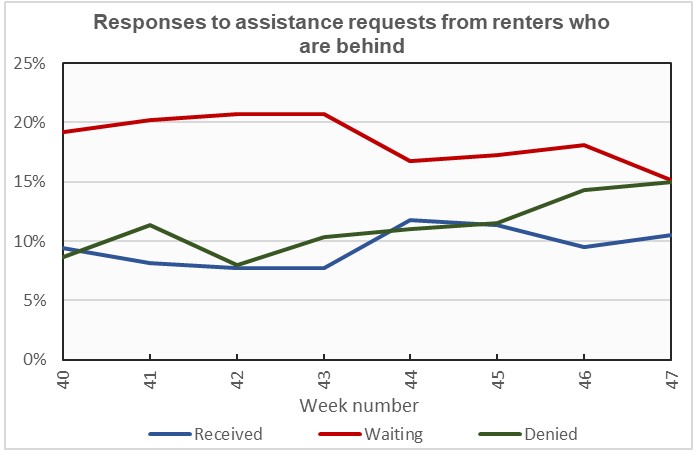
The Pulse Survey identified a little over 3.5 million adults who have received emergency rental assistance.
Tracking delinquencies
Renters in all phases of the survey have been asked whether they are behind on their rent. While some say that they occupy their housing without paying rent and some did not report whether they are current on their payments, the majority of respondents answered the question Yes or No. The next chart, below, shows the history of responses to this question. Note that the midpoint of the “Week 47” survey period was July 5, 111 weeks after the initial Pulse Survey.
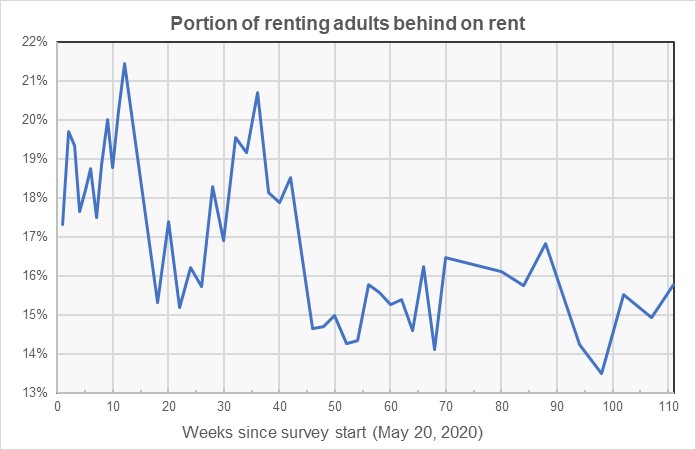
The chart shows that the portion of renters who reported being behind on their rent payments has varied between 13.5 percent and 17 percent since the “Week 26” survey, which was taken in early March 2021. This was 44 weeks after the start of the Pulse Survey program. The survey is conducted over a two-week period which usually spans the end of one month and the start of the next. Since rent is normally due on the first, a renter who was current on his rent at the start of the survey period may find himself behind if asked the question a few days later. This may explain some of the variation in the responses to this question.
Given that the economy has largely stabilized in the wake of the pandemic and that unemployment is again low, the portion of renters who are behind on their rent early in the month may just be the “normal” level.
Profiling the participants
Of the respondents who reported being current on their rent, 35 percent said that they had children in the household. Of those reporting being behind on their rent, 48 percent reported having children in the household.
Of the respondents who reported being current on their rent, 82 percent said that they or a household member had experienced no loss of employment income over the prior 4 weeks. Of those reporting being behind on their rent, 42 percent reported that they or a household member had experienced a loss of employment income.
The final chart shows the sources of the funds survey respondents used to meet spending needs. Many of the differences between the people who are current on their rent and those who are behind are as one would expect: the former are more likely to rely on regular sources of income while the latter are more likely to rely on borrowing and on government assistance.
